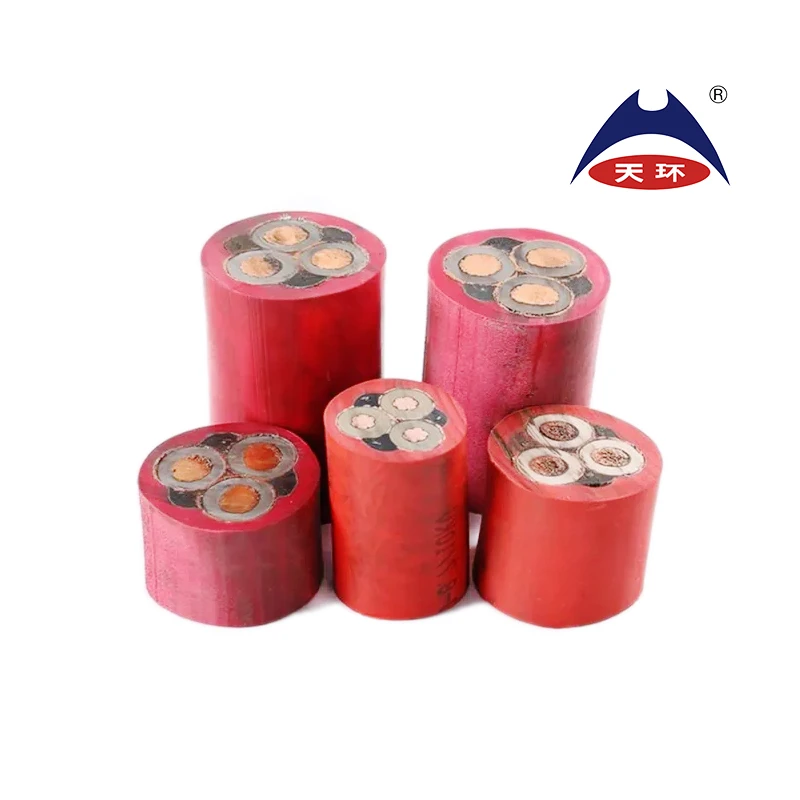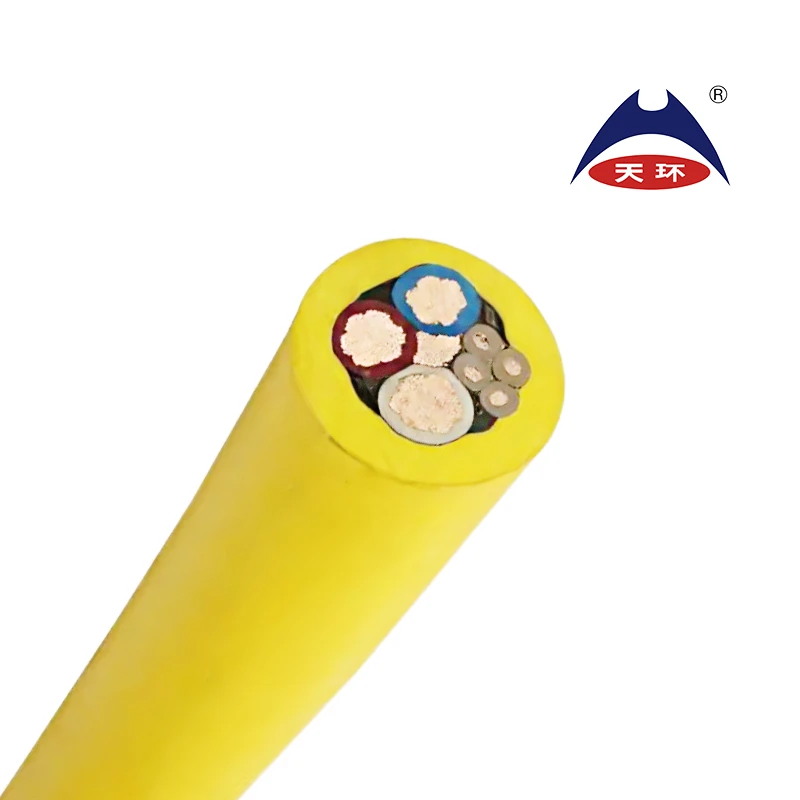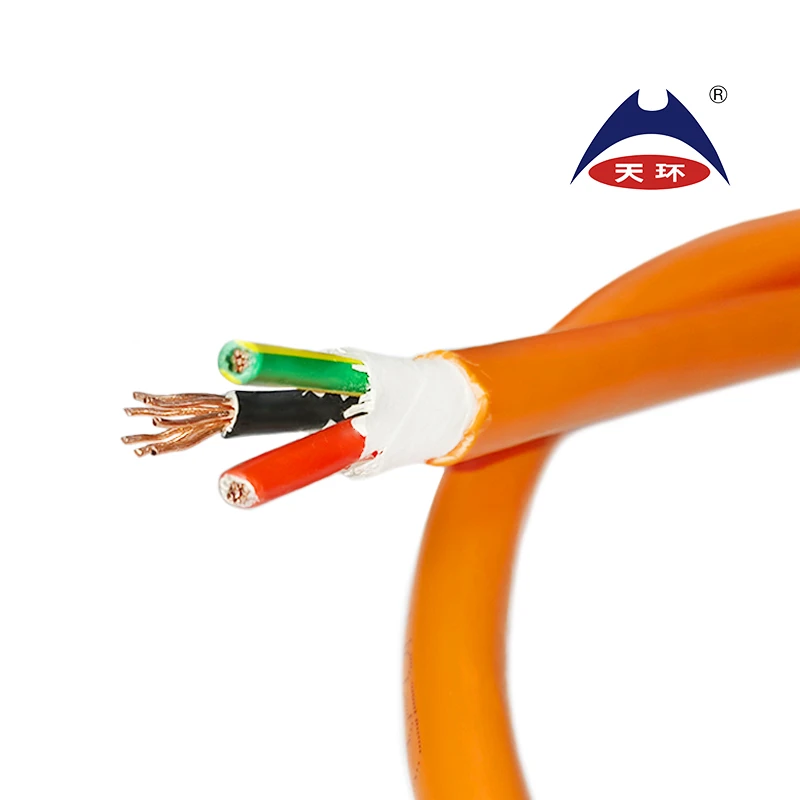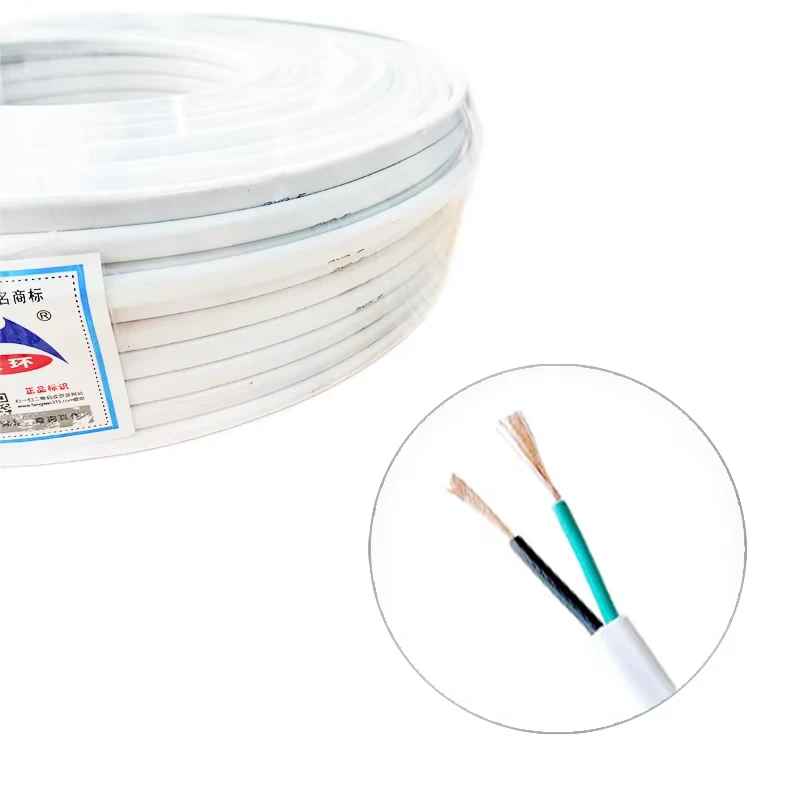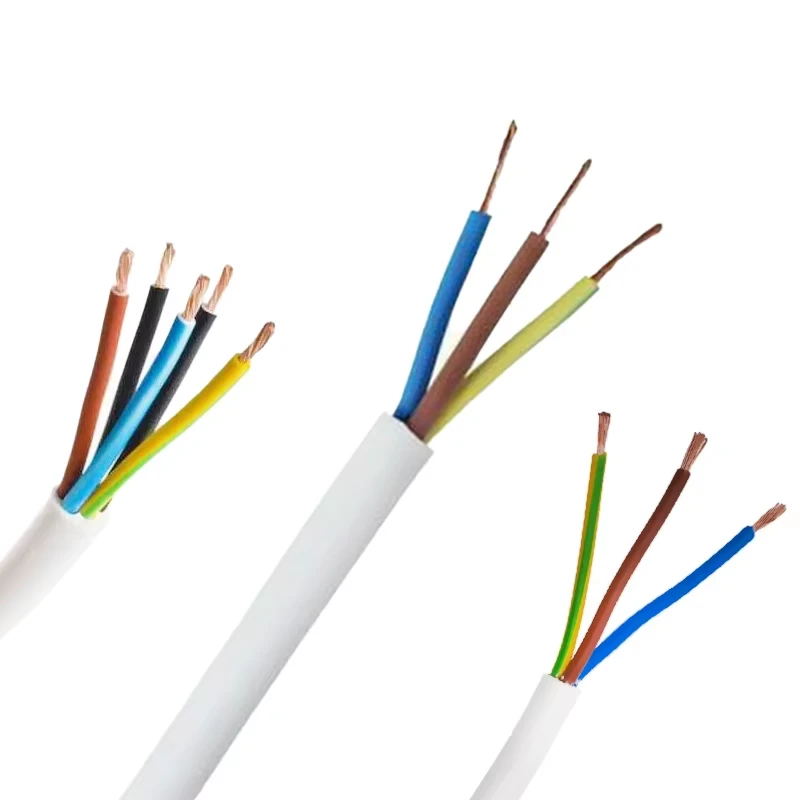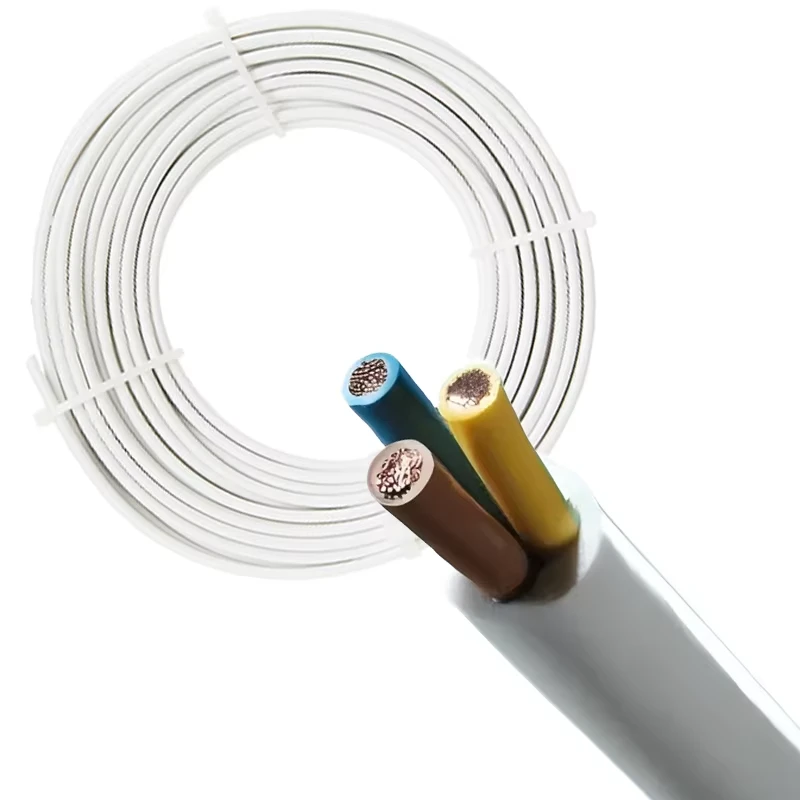
High Voltage Cable Manufacturing for Electric Vehicles in Leading Factories Worldwide
The Importance of High Voltage Cables in Electric Vehicle Infrastructure
As the electric vehicle (EV) market continues to grow at an unprecedented rate, the demand for efficient and reliable charging infrastructure is more critical than ever. Among the most essential components of this infrastructure are high voltage cables, which play a pivotal role in transmitting electricity from the grid to charging stations and ultimately to electric vehicles. The development and production of these high voltage cables are often conducted in specialized factories, specifically designed to meet the demands of modern EV technologies.
The Importance of High Voltage Cables in Electric Vehicle Infrastructure
One of the most critical aspects of high voltage cable production is the use of high-quality materials. Factories producing these cables often utilize materials such as cross-linked polyethylene (XLPE) and ethylene-propylene rubber (EPR), which provide enhanced insulation and durability. These materials not only withstand the high temperatures and pressures associated with electrical transmission but also contribute to reducing the environmental impact of cable manufacturing. With sustainability becoming a key concern for consumers and manufacturers alike, many factories are turning to eco-friendly materials and production processes to minimize their carbon footprint.
ev high voltage cable factories

Moreover, the design and manufacturing processes in high voltage cable factories are highly sophisticated, often employing cutting-edge technology and automation. This advancement ensures a high degree of precision and consistency in cable production, which is essential for meeting international safety standards. The factories often conduct rigorous testing on their products to ensure that they can withstand various environmental conditions, including extreme temperatures and mechanical stresses.
The role of high voltage cable factories extends beyond mere production; they are also pivotal in research and development. As EV technology evolves, so do the requirements for charging infrastructure. Factories invest in R&D to develop new cable designs that accommodate higher voltages and faster charging speeds. By collaborating with automotive manufacturers and utility companies, these factories are at the forefront of innovation, developing solutions that not only meet current demands but also anticipate future needs.
In addition to technological innovation, these factories also play a significant role in the economy. The growth of the electric vehicle market has created thousands of jobs in cable manufacturing, from engineering to production line workers. Furthermore, as countries shift towards greener technologies and seek to meet their carbon neutrality goals, investments in high voltage cable factories are likely to increase, further bolstering local economies.
In conclusion, high voltage cables are an essential component of the electric vehicle charging infrastructure, enabling the swift and efficient transfer of electricity. The factories that produce these cables are critical to ensuring quality, reliability, and safety while also driving innovation in the industry. With continued investment and focus on sustainability, these factories will play a fundamental role in the future of electric mobility and energy transmission. As the world moves closer to a more sustainable future, the importance of high voltage cables—and the factories that manufacture them—cannot be overstated.
-
Reliable LIYCY Cable Solutions for Low and Medium Voltage ApplicationsNewsJul.14,2025
-
Premium Overhead Electrical Wire Solutions for Low and Medium Voltage ApplicationsNewsJul.14,2025
-
Innovative XLPE Electrical Cable Solutions for Modern Low and Medium Voltage NetworksNewsJul.14,2025
-
High-Quality Ethylene Propylene Rubber Cable – Durable EPDM Cable & 1.5 mm 3 Core OptionsNewsJul.14,2025
-
Exploring the Versatility of H1Z2Z2-K 1X4mm2 Cables in Modern ApplicationsNewsJul.14,2025
-
Uses of Construction WiresNewsJul.14,2025
-
Types of Neoprene CableNewsJul.14,2025





